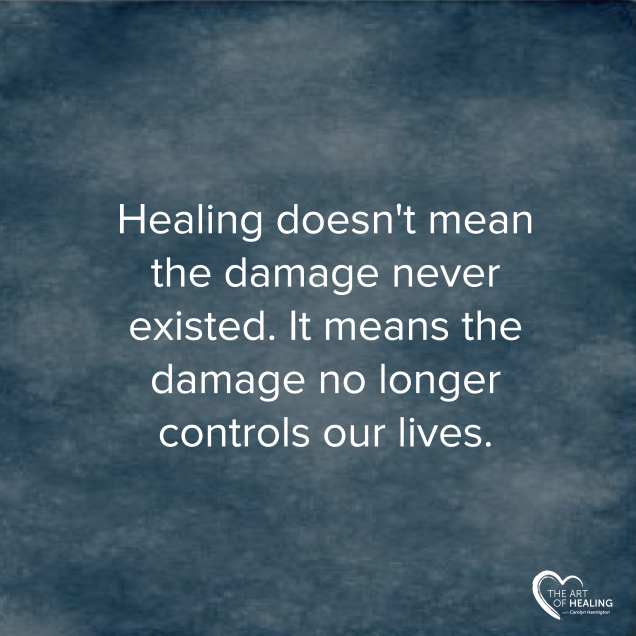
I recently had a conversation with a fellow editor who is working with a client on her memoir. Our discussion centered on her client’s desire only to write vignettes of her life, painful stories of her past. Apparently, she is insistent that they can stand alone.
While I think I understand her reasons, I suggested that my colleague try to turn the discussion to the potential of healing through memoir, rather than solely recounting the pain.
I suggest this on behalf of her client, as well as on behalf of the client’s readers. While misery loves company, misery also knows its own many faces. It is my belief that memoir can help those who have experienced misery to find hope and healing in the sharing of stories.
My suggestion was that her client continue to write her vignettes, but then the two of them could step back and see if they could find a common thread between all of the stories, perhaps finding a thread of hope or healing that the client had not discerned before. After all, she has survived. That shows tremendous hope.
In addition, though our triumphs within struggles are not always permanent, they are nonetheless permanent steps toward healing. Our lives might be two steps forward, and one step back, or two forward and almost two back, but by looking at our stories, we can see incremental advance toward permanent triumph. It is those tiny steps that can give us hope, and that measure our healing.
Elsewhere, I have written about the importance of using vignettes to help writers to find the backbone of their story. That is no less true when their story is one of great pain or misery. Vignettes can be mile-markers, signposts of advancing on hope.
We write memoirs as legacy, but we also encourage memoirs for healing. This requires digging deep within, below the pain, to find the hope.
